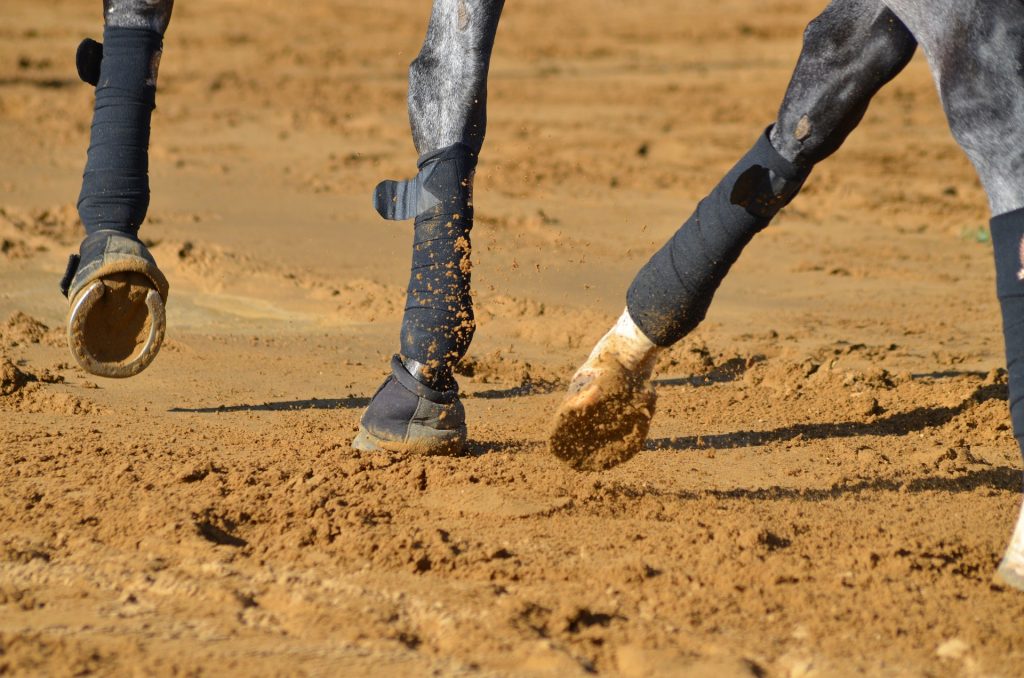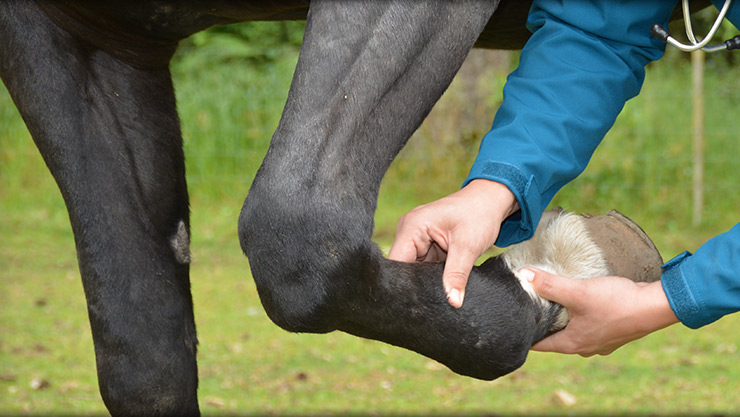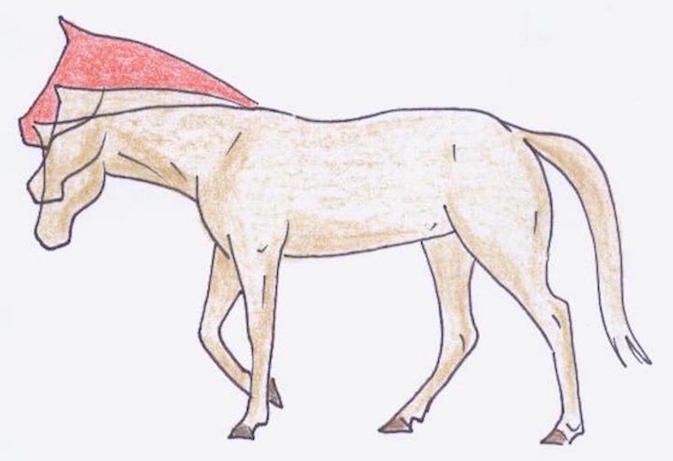Monday, April 24, 2017
Le cheval est de tous les animaux celui qui est le plus exposé aux boiteries. Particulièrement redoutées, propriétaires et cavaliers ne parviennent pas toujours à les déceler suffisamment tôt.
Ces affections peuvent rapidement nuire à la qualité de vie et entraîner une baisse de performance du cheval. De ce fait, Seaver a développé un outil d’aide à la détection des boiteries.

Commençons d’abord par quelques définitions.
Une boiterie n’est pas une maladie mais une anomalie de la posture ou des déplacements causée généralement par une gêne ou une douleur au niveau d’un membre. Appelée également claudication, la boiterie empêche le déroulement normal du mouvement. Lorsqu’un cheval se met à boiter, son poids se reporte sur un autre membre pour le soulager entrainant ainsi une asymétrie de la locomotion.
Plusieurs raisons peuvent expliquer une boiterie chez le cheval. Elle peut se manifester suite à un choc, entraînant une enflure. Dans ce cas, la boiterie est dite bénigne et peut disparaître au bout de quelques jours. Il se peut aussi qu’un caillou se soit glissé dans la corne rendant l’appui douloureux. L’intervention du vétérinaire ou du maréchal-ferrant s’avère alors indispensable. La boiterie du cheval peut également s’expliquer par une douleur à l’un des membres. Cette dernière peut être pathologique comme une atteinte arthrosique ou une maladie naviculaire par exemple, ou résulter d’un claquage ou d’une tendinite. Un traitement approprié s’impose alors pour assurer le bon rétablissement de l’animal. L’origine d’une boiterie peut également venir de plus haut, notamment de la rotule, du grasset ou encore des épaules.

En règle générale, si la boiterie est due à une lésion du squelette, des articulations ou des pieds, elle sera plus accentuée en terrain « dur ». A l’inverse, si elle est due à une lésion musculaire ou tendineuse, elle sera plus prononcée en terrain « mou ». Il est essentiel d’identifier le siège et les causes de la douleur pour bien soigner une boiterie.
Comme évoqué plus haut, lorsqu’un cheval boite, il a tendance à porter moins de poids sur le membre affecté pour diminuer la douleur. La sangle Seaver mesure la répartition du poids par membre, vous aidant ainsi à détecter un problème au plus tôt. Pour ce faire, l’outil compare le mouvement ascendant et descendant ainsi que le mouvement de gauche à droite du poitrail du cheval au cours du placement de chaque membre sur le sol.
Par définition, un cheval sain se déplaçant en ligne droite et sur un terrain plat devrait avoir des mouvements symétriques. Il supporte le même poids sur le membre antérieur gauche que le membre antérieur droit et il en est de même pour les membres postérieurs. Il est évident que cette règle ne s’applique qu’aux allures symétriques, c’est à dire le pas et le trot.
Un seuil d’environ 25% d’asymétrie de mouvement est suggéré pour détecter un problème, ainsi un cheval mettant 25% moins de poids sur un membre par rapport au membre opposé pourrait avoir un problème au niveau de ce membre. Attention, il est important de noter qu’une asymétrie du mouvement n’indique pas dans tous les cas une boiterie. D’autres éléments sont à prendre en compte comme une mauvaise position du cavalier, un mauvais positionnement de la selle ou encore une selle non adaptée au cheval. Dans le doute, il est préférable de consulter un vétérinaire.
Pour plus d’informations sur la symétrie du mouvement, allez jeter un œil à notre article en collaboration avec Camille Judet Cheret, cavalière professionnelle de dressage : ici
Une hausse anormale de la fréquence cardiaque pour une même intensité d’exercice peut également être un indice révélateur de la présence d’une boiterie. Grâce aux électrodes placées à l’intérieur de la sangle, Seaver enregistre la fréquence cardiaque en temps réel de votre cheval. Ainsi, il vous sera possible de repérer rapidement une anomalie et anticiper une boiterie.
Pas de panique si nous n’être pas sûr de vous, nous avons pensé à tout. La sangle Seaver est équipée d’un système d’alertes. Ainsi, des notifications vous seront envoyées sur votre application mobile pour vous avertir d’une éventuelle boiterie.
Les boiteries peuvent également être confirmées de façon visuelle. Pour cela, il est nécessaire d’observer le cheval évoluer en terrain plat, en ligne droite de face, de dos et de profil, au pas et au trot.
En cas de boiterie d’un membre antérieur, la tête et l’encolure vont avoir tendance à se relever brusquement lorsque le membre douloureux est à l’appui, et à redescendre lorsque le membre sain frappe le sol.

En cas de boiterie d’un membre postérieur, cela est légèrement différent. La hanche monte lorsque le membre douloureux est à l’appui, et redescend lorsque le membre sain est frappe le sol.
The Seaver team